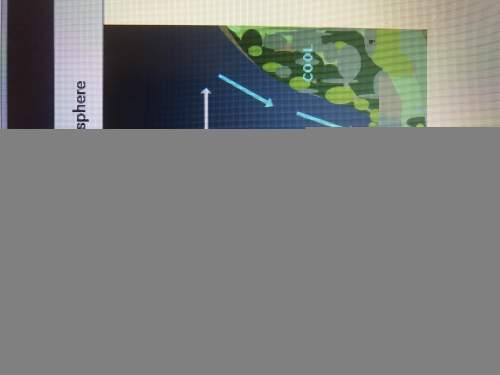
Biology, 27.01.2021 02:20 brittanysanders
Which of the four nonrenewable energy resources we learned about does not produce carbon emissions?
Coal
Natural Gas
Nuclear
Petroleum

Answers: 1
Another question on Biology

Biology, 21.06.2019 13:30
Liquefaction was one reason the kobe wharfs were destroyed and other areas nearby. what is liquefaction? a. it is when conditions in the soil send the seismic wave out to the mountains and bounce back b. it is when conditions in the soil change to vigorous p-wave shaking when the surface waves pass by c. it referes to the fact that when an earthquake occurs wet and soft soil will vibrate more vigorously then solid rocky soil strangely in kobe some streets had very bad damage but the next street over had far less damage. what caused this? a. the waves passed through the city hit the mountains and returned back to the city. at some points the incoming and outgoing waves amplified their strength b. the mountains also had a quake and sent waves into the city c. waves hit the moutains and took longer to return
Answers: 1

Biology, 21.06.2019 20:50
Dna has unique properties that allow it to accurately retain genetic information, even after multiple rounds of replication. one aspect of dna that allows it to accurately store genetic information is the base pairing from chargaff\'s first rule of the four nucleotide bases. if the c content of a dna molecule is 22%, what are the percentages of the remaining bases?
Answers: 1

Biology, 22.06.2019 10:30
16. which of the following accurately describes a step within transcription? a. dna polymerase uses one strand of rna as a template to put together nucleotides. b. the dna strand is used as a template for which a complementary rna strand can be produced. c. the rna strand forms a template by which dna can be built. d. the rna strand is produced within the cytoplasm.
Answers: 3

Biology, 22.06.2019 15:00
The scales shown in the introduction measure mass, or the amount of matter in a particular object. the scientific law of conservation of mass states that matter cannot be created or destroyed during a chemical reaction, but it can change from one form to another. did the simulation support this scientific law? explain why or why not.
Answers: 1
You know the right answer?
Which of the four nonrenewable energy resources we learned about does not produce carbon emissions?...
Questions

English, 03.07.2019 20:00

Biology, 03.07.2019 20:00

Mathematics, 03.07.2019 20:00

History, 03.07.2019 20:00




History, 03.07.2019 20:00

Health, 03.07.2019 20:00

Computers and Technology, 03.07.2019 20:00


Mathematics, 03.07.2019 20:00



Biology, 03.07.2019 20:00

Physics, 03.07.2019 20:00


Biology, 03.07.2019 20:00


Mathematics, 03.07.2019 20:00




